It seems insane to write, but we’re on the cusp of winter. The holiday season is mere weeks away. That means it’s just about time to start stocking up on winter beers. Especially since most of them are released in October, in anticipation of the holiday rush.
In the beer world, “winter beer” speaks to a broad-ish category. Winter warmers are an actual style that’s known for being malty, sweet, spicy, and packing big ABVs. But the term “winter beer” also includes aged stouts or porters, Belgian dark or strong ales, spiced ales, winter lagers, spicy IPAs, and really anything that’s brewed and released this time of year. (The funny thing about beer is that it can often be incredibly technical and sort of vague at the same time.) The point is to pack a wallop when it comes to both alcohol content and flavor and to be at least somewhat dark and full-bodied.
The nine beers below were named by serious beer experts. These are the folks who live beer every single day — whether they’re writing about it, brewing it, reviewing it on social media, or tasting it at the brewery. Most of the beers shouted out are easily sourced at specialty beer shops or online. Some may prove a little tougher to track down. In those cases, we recommend looking for something with a similar flavor profile from a craft brewer near you.
Gouden Carolus Christmas — Eoghan Walsh, award-winning beer writer, beer sommelier, and author of Brussels Beer City: Stories from Brussels’ Brewing Past
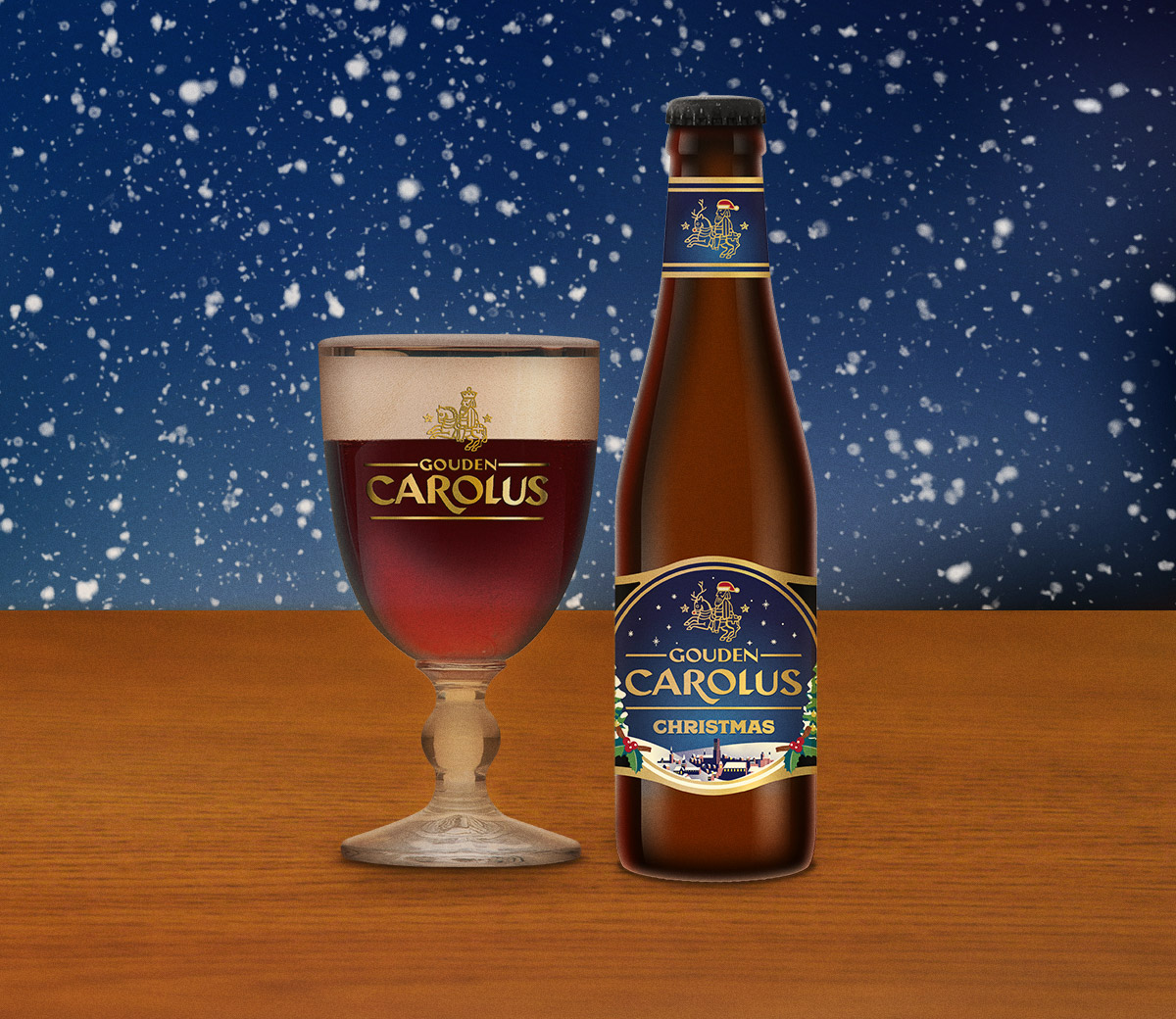
Style: Belgian Dark Strong Ale
Brewery: Brouwerij Het Anker, Mechelen, Belgium
ABV: 10.5%
The Beer:
Gouden Carolus Christmas ticks all the Belgian Christmas Ale boxes. Obviously, it’s got Christmas in the name — an unsubtle wink to the beer style’s Anglo-Saxon origins. It’s got Santa Claus riding his sleigh across a blueish night sky above a snowy landscape. It is dense and strong — as Belgian Christmas Ales should be — with a liver-quivering 10.5 percent ABV. And it pours a beautifully deep, dark ruby hue in the glass, accompanied by a firm head of latte-colored foam.
Gouden Carolus is not as lauded as some of its festive rivals. But as a widely-available Christmas Ale, it’s truly hard to beat. It’s best enjoyed on a blustery, wintry Flemish evening in the surrounds of Het Anker’s on-site Brown Café in Mechelen — where you can sleep off the ill-effects of too many Gouden Carolus Christmases in the adjacent brewery hotel.
Tasting Notes:
Gouden Carolus is generously spiced with a blend of six different herbs and spices — from which aniseed notes predominate. It is a thick beer, warming, gummy, and sweet with little hop character (but that’s not what you’re looking for in a Christmas beer, is it?). It has the lightest note of roasted malt character in the finish.
Brown Shugga’ — Latiesha Cook, certified Cicerone and president of Beer Kulture
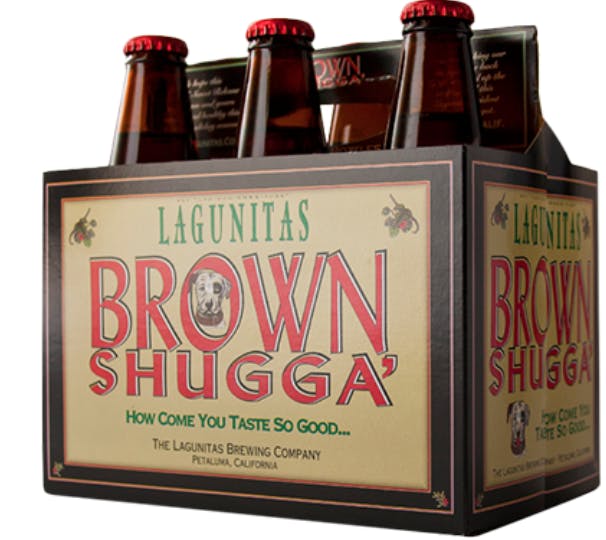
Style: American Strong Ale
Brewery: Lagunitas Brewing Company, Petaluma, CA
ABV: 10%
The Beer:
Every holiday I am excited to have Lagunitas Brown Shugga’! I also intentionally enjoy it while listening to D’Angelo’s “Brown sugar” — because, why not?!
Tasting Notes:
Brown Shugga’ is a beautiful reddish color with a creamy beige head. Instantly, it reminds me of red velvet cake! On the nose, you get sweet caramel, maple, and brown sugar. On the first sip, you’re hit with a deep sweetness and a bitter finish. It’s sweet, strong, and sassy, like me!
My absolute fav!
Old Greg’s Barleywine — Matthew Curtis, founder/editor in chief of Pellicle Magazine

Style: English Barleywine
Brewery: The Five Points Brewing Company, London, UK
ABV: 9.5%
The Beer:
Winter is coming, so you’d better make sure you’re ready for it. I don’t like to mess around when it turns cold outside, and like to make sure my cellar is full of big beers. When winter sets in, my style of choice is barleywine. I love the interplay between a thick, but not syrupy pale-to-golden beer and the snap of hop varieties like Fuggles and East Kent Goldings.
My favorite has to be Old Greg’s Barleywine from London’s The Five Points, named after its head brewer, Greg Hobbs. It’s brewed each year on New Year’s Day and released almost a year later. It ages well, too. I have a bottle of the 2018 brew that I’ll be opening this Christmastime.
Tasting Notes:
I’m a bit of a traditionalist when it comes to stronger stuff — please keep that lactose and cacao out of my imperial stout. I want to be wrapped up in a blanket of toasty, sweet malts, feel a peppery dusting of English hops on my palate, and revel in that warming hit of alcohol as it works its way down my throat.
Winter Solstice — Mikaelaa Crist, Brewery marketer and craft beer influencer
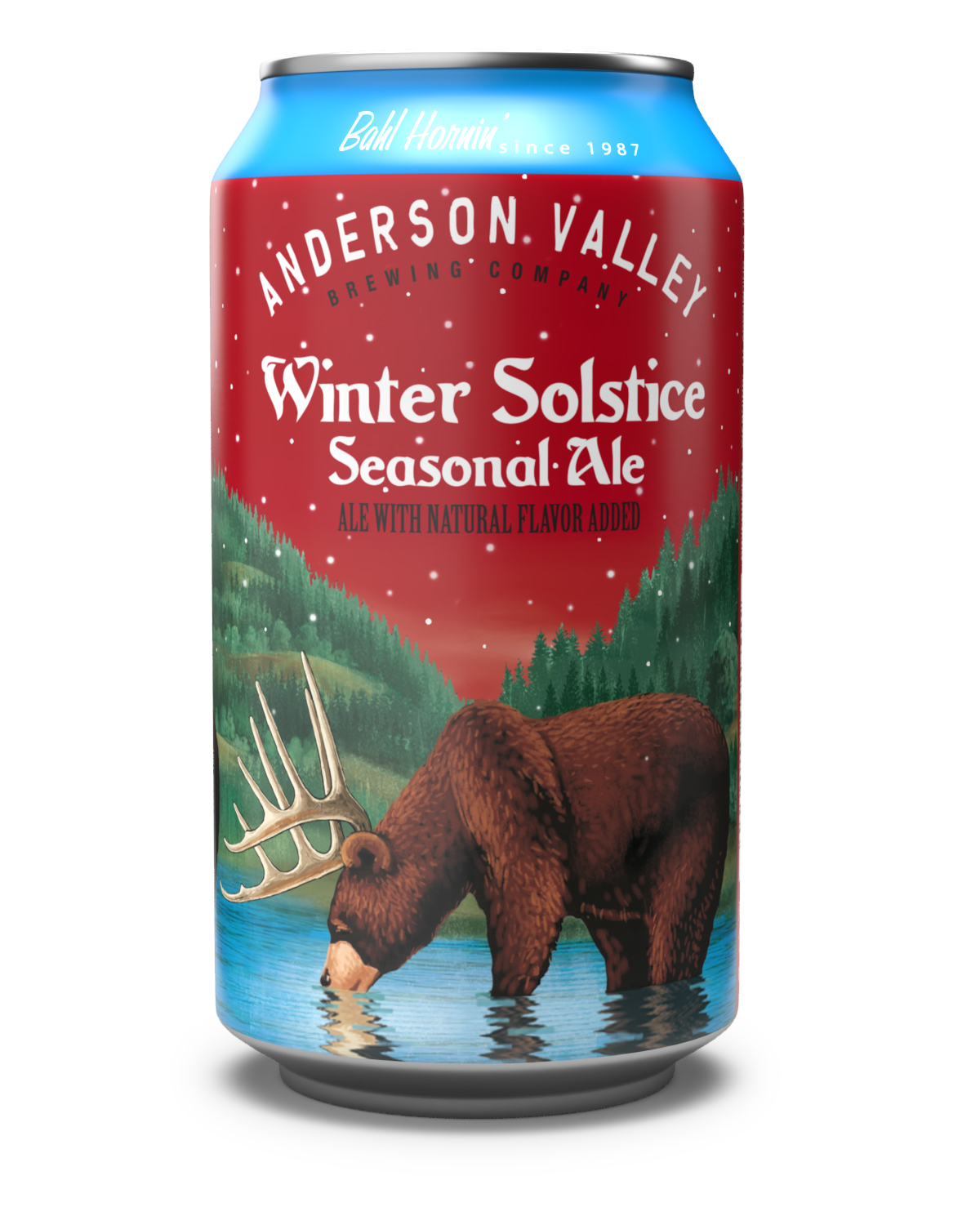
Style: Winter Warmer
Brewery: Anderson Valley Brewing Company
ABV: 6.9%
The Beer:
My favorite winter warmer is Winter Solstice from AVBC. Not only do I enjoy it and think that it pairs perfectly with many traditional holiday comfort foods but this beer is pure nostalgia for me. When I was 21 … totally 21 … this was actually the beer that piqued my interest in craft beer. I remember drinking one with a roommate and instead of just drinking a beer to drink a beer, I started to think about what I was drinking.
Tasting Notes:
There are nuanced flavors of caramel and spice coming through. I remember saying to my roommate, “this tastes like Christmas!” I can easily say that this one beer completely changed the trajectory of my life.
Samichlaus — Andreas Krennmair, award-winning homebrewer and author of Vienna Lager
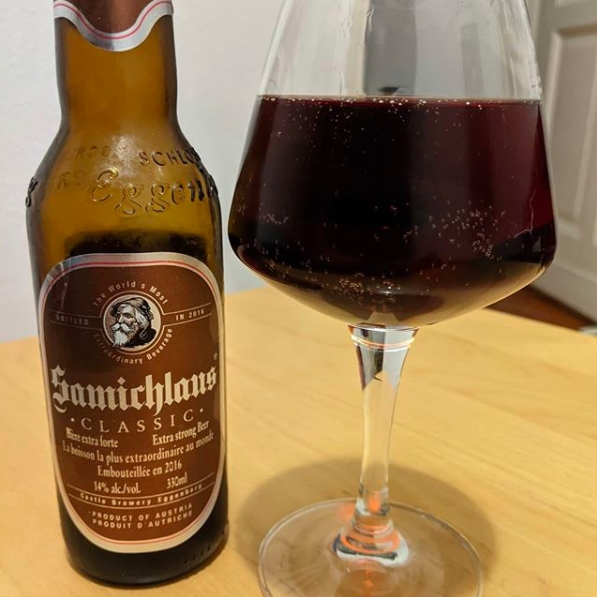
Style: Doppelbock
Brewery: Brauerei Schloss Eggenberg, Austria
ABV: 14%
The Beer:
One beer I probably associate most with wintertime is Samichlaus. It’s a substantial beer: 14 percent ABV! Originally brewed by Swiss brewery Hürlimann and named after the local Swiss nickname for Saint Nicholas, this beer was actually discontinued in 1997 when Hürlimann was bought up and closed down. Fortunately, Austrian brewery Schloss Eggenberg was able to secure the rights for the brand, the recipe, and the special Samichlaus lager yeast in 2000.
It’s brewed only once a year, on Saint Nicholas Day, and then matured for 10 months. For me, it’s become a special treat during wintertime, especially around Christmas and New Year’s.
Tasting Notes:
Samichlaus pours in a dark amber color. The initial impression might be a bit disappointing: practically no head and fairly low carbonation. But on the nose, the beer starts shining: Sweet, malty, notes of brown sugar and vanilla.
When taking a sip, you will notice the beer’s intense sweetness that coats your tongue and the very smooth, warming alcohol, followed by an explosion of flavors: again that maltiness, brown sugar, some nuttiness, and a certain fruitiness.
This beer really has the complexity and elegance of a fortified dessert wine. Have it on its own, pair it with your Christmas dinner dessert, or just put it in your cellar and be surprised how it will have changed in a few year’s time.
St. Bernardus Christmas Ale — Miguel Rivas, host of the “Every Beer Has a Story. Every Story Has a Beer” storytelling series on IGTV Live
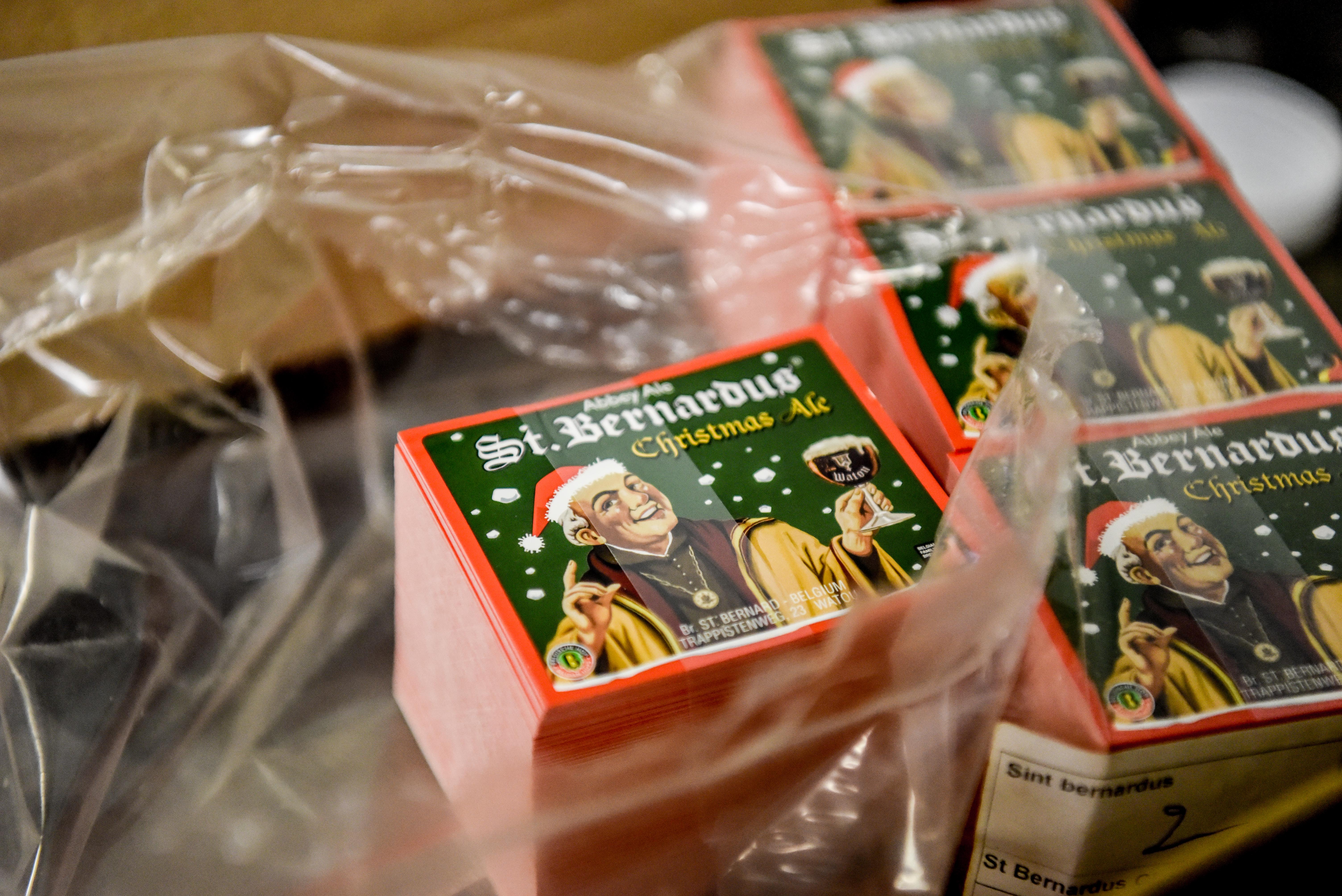
Style: Quadrupel
Brewery: Brouwerij St. Bernardus, Watou, Belgium
ABV: 10%
The Beer:
When I think of winter beers, my mind immediately goes to rich, flavorful, strong-yet-balanced beers. Something where I can take my time to drink, sip slowly, and enjoy all of the lawyers, nuances, and characteristics of the beer.
Traditionally, they come from British brewing — dating back to the 1600s, in the days before central heating. Technically speaking, a winter ale is just a heartier beer that is brewed with some extra ingredients, usually spices that are applied late in the brewing process that will add some extra calories and produce a nice and strong beer that would take some of that edge off from the colder months.
Tasting Notes:
It pours a mahogany-like color with a foamy tan head with good retention and spotty lacing. The aroma evokes Christmas spices, dark fruits, plums, grapes, raisins, and hints of cherry next to biscuits, bready malts, brown sugar, nutmeg, cinnamon, and subtle hints of cardamom.
The taste highlights the rich, toasty and biscuit malts, moderate sweetness with a balanced and dry finish. Adding to the complexity, there are flavors of spices, light peppery phenols, a hint of chocolate, and a touch of earthy hops that provide a gentle bitterness. The alcohol is very well hidden. It’s medium to full-bodied, the carbonation is high yet the mouthfeel is smooth. It’s well-balanced with a really nice complexity of flavors that blend together well as the beer warms up.
Overall a really nice beer, reminded me of the ABT 12 with a twist — with all the spices adding some interesting layers.
Railway Porter — Mark Dredge, award-winning author of A Brief History of Lager
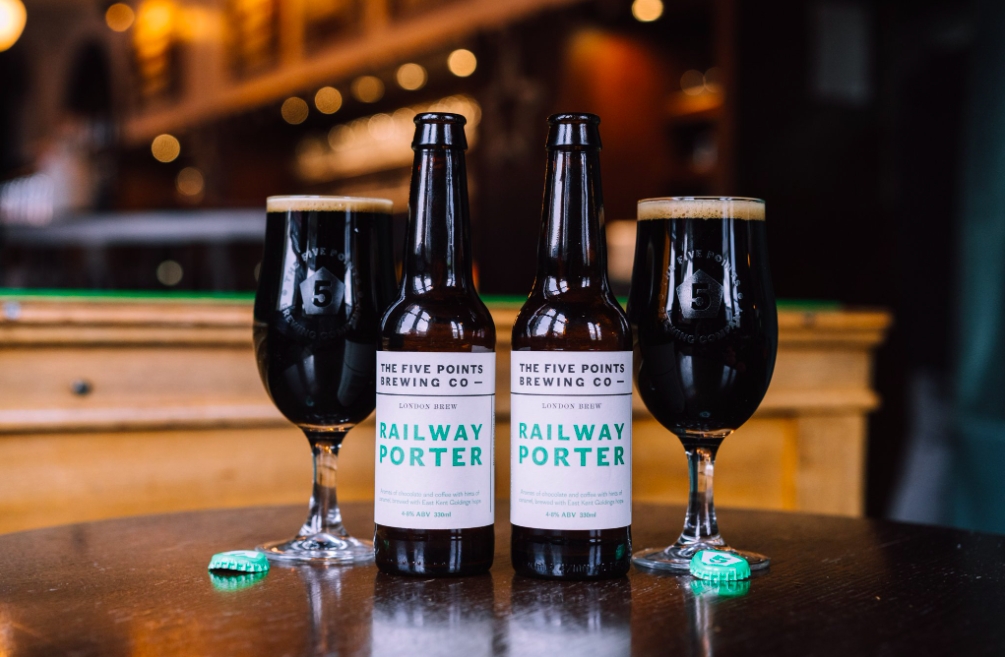
Style: English Porter
Brewery: The Five Points Brewing Company, London, UK
ABV: 4.8%
The Beer:
A cold beer won’t warm me up, but the pub I’m drinking in will. And some Sunday afternoon pints of cask ale in a local pub is something that I love. Being in east London, the beer I’m seeking out is usually Five Points Railway Porter.
Tasting Notes:
When hand-pulled on cask, you get the most perfect-looking pint of very dark brown beer with a thick creamy foam on top. It’s pretty roasty for a porter, with lots of cocoa and the distinct flavor of roasted barley. It’s gentle yet also robust. It has a lush body for its relatively low alcohol content.
The first pint soothes (a hangover, usually). The second one… well, it turns out that a cold beer can warm me up, but it’s a warmth and a comfort that comes from being somewhere familiar, drinking a beer that I know very well.
Gouden Carolus Cuvée van de Keizer Imperial Dark — Breandán Kearney, founder & Editor-in-Chief of Belgian Smaak
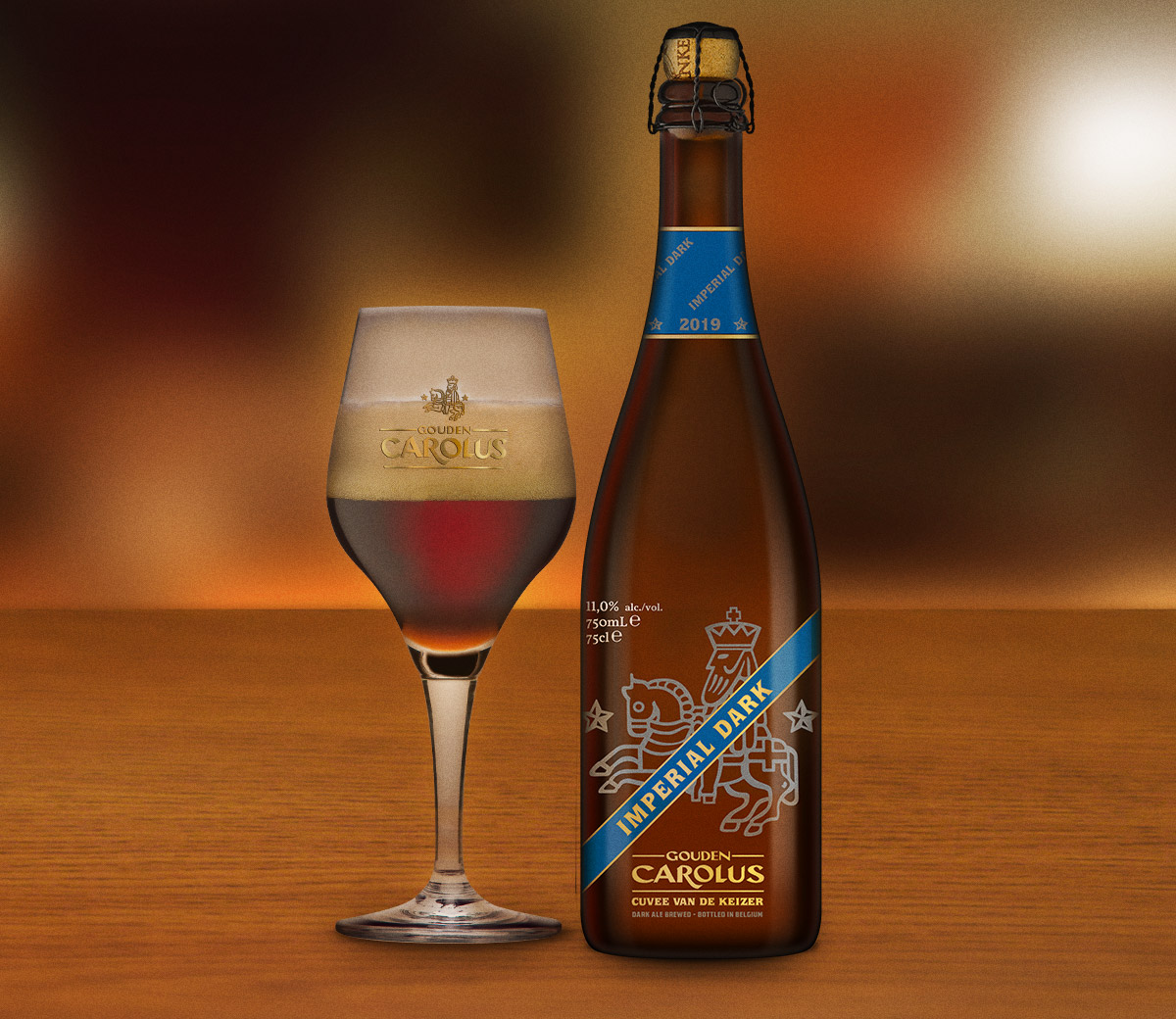
Style: Belgian Dark Strong Ale
Brewery: 11%
ABV: Brouwerij Het Anker, Mechelen, Belgium
The Beer:
Every year — since the 24 of February, 1999 — Het Anker brewery have released a special beer to celebrate the birth of Keizer Karel V. “Charles the Fifth” ruled the entirety of the Holy Roman Empire in the 16th century from the Belgian city of Mechelen where the brewery is located. The “Grand Cru of the Emperor” was eight percent ABV when Het Anker launched the beer in 2000. Then they upped it to ten percent ABV in 2003 and then eleven percent ABV in 2004.
As a Winter Warmer, it does exactly what it says on the bottle. It’s brewed in the mold of other beers in Het Anker’s Gouden Carolus range. It’s the Cuvée van de Keizer. It’s imperial, and it’s dark.
Tasting Notes:
A chestnut brown ale with fine white foam, the Cuvée van de Keizer Imperial Dark offers plenty of brown sugar, molasses, and toasted malt aromas before giving way to some red fruit esters, juicy apples, and ripe plums. In the mouth, it’s the full-bodied, creamy, but balanced Belgian dark ale you would expect, complete with the sweetness, complexity, and warming alcohol you were hoping for when you chose it as your winter warmer.
Writer’s Pick: N’Ice Chouffe — Zach Johnston, Deputy Editor UPROXX Life, podcaster One More Road For The Beer
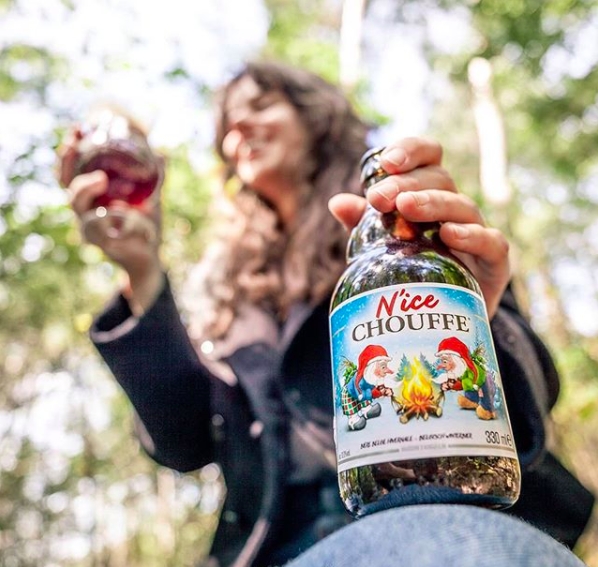
Style: Belgian Dark Strong Ale
Brewery: Brasserie d’Achouffe, Achouffe, Belgian
ABV: 10%
The Beer:
This is my nectar this time of year. I drink way too much of this stuff — to the point that for my 40th birthday last year, I bought an entire keg for the party. Yes, I bought a keg of 10 percent beer for a birthday party in a bar. It was a very fun night. This will always be my go-to for this time of year and I’ve already started stocking my fridge with bottles.
Tasting Notes:
The beer itself is a dark pour that leans into stew and Christmas spices. It’s got a lightness to the body that lets the caramel side of the malts shine while offering a dry nip next to a herbal note and a little acidic fruitiness. You really feel the strength of the beer but not in an alcohol-forward way. It’s more about bold notes of spice and malt that’s rounded.
There’s a faint hint of hops in the background that brings a mild bitterness, but it’s not the point of the sip.







